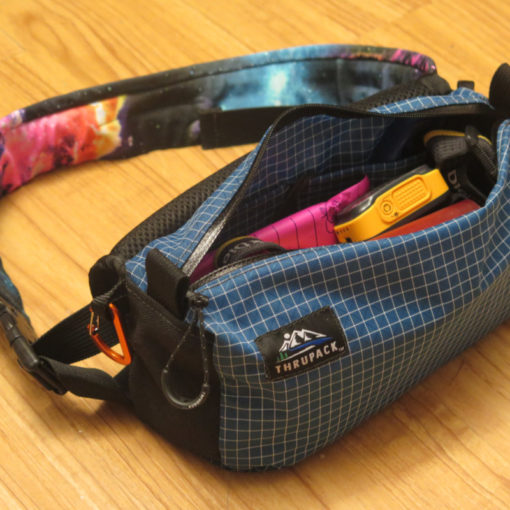De feet can defeat de feat!
I’d been having minor issues with foot pain recently. So after speaking with my doc about this, he suggested replacing the insoles in my boots with a more padded one. Feet can be weird. Something that’s being affected in one part of your foot can manifest as pain somewhere completely different. When you think about it, no matter how much weight you shave from your pack, if your feet don’t work properly, you’re not going to hike. This is where an ounce of prevention is truly worth a pound of cure.
I track the mileage on my running shoes. A common rule of thumb is that they should be swapped out after 350-450 miles, and my own personal experience bears this out reliably. So the idea of wearing out footwear that still “looks fine” isn’t new to me. Indeed, I’d already calculated that my current hiking boots (Lowa Camino GTX) have a little over 200 miles on them since starting the 48. I’m expecting them to be around 400 miles by the time I’m done.
That being said, it was a bit surprising what those 200 miles had done to the factory insoles. The parts that should have been soft and cushioning were pretty beat up. It didn’t take a rocket scientist to see they were toast.
I’m not going to recommend a specific style or brand, because my feet are mine, and yours are yours, and what works for me might be horrendous for you. I will suggest you visit a shoe store rather than just accept whatever your local discount store has on the rack. There are a lot of brands and models out there. You want to pull them out of the packaging and get your feet on them if you’re going to make any kind of choice that’s going to make sense.
So check your footwear, including the insoles, periodically. Even if the uppers look fine (and let’s face it, the trail isn’t a fashion runway, so “looks fine” can have a different meaning to hikers) you need to look at the sides of the soles and take stock of the cushioning, as well as looking at the soles themselves. And you should probably be quicker to swap out your insoles than you think. They’re the first thing your foot hits after your sock, so they take more of a beating than you realize.


